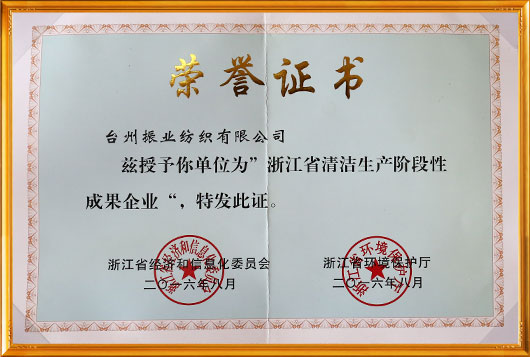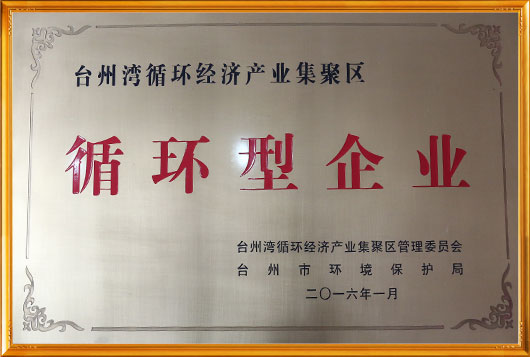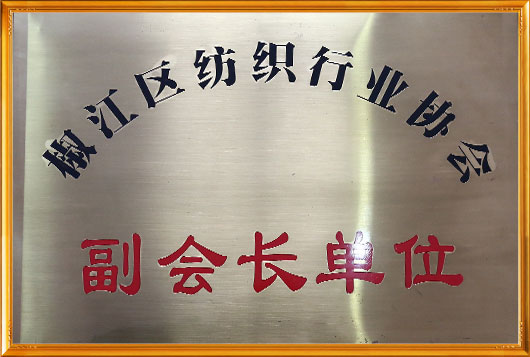PVC fabric is made by coating or laminating a base fabric, such as polyester or cotton, with a layer of PVC, which provides protective ...
READ MOREOur main products are bag fabric, PVC fabric, PU fabric, 300D fabric, 600D fabric, RPET fabric and other polyester fabric.
Products are widely used in making luggage, bags, backpack, cases, beach chairs, tents, decoration fabric and so on.
-
-
Origin and Early Uses: From Industrial Textiles to Everyday Items 300D fabric appeared as a practical solution for industrial and outd...
READ MORE -
Material Composition and Weave Differences 600D fabric factory is typically made from polyester or nylon fibers, which are woven into ...
READ MORE -
Balanced Durability for Daily Use The advantage of 300D fabric is its durability relative to its weight. Although it is not thick, it h...
READ MORE
What are the main characteristics of Oxford fabric?
Oxford Fabric, also known as Oxford Cloth, is a woven textile famous for its durability, versatility, and textured appearance. It's widely used for making bags, tents, uniforms, and home furnishings.
Main characteristics include:
1. Durable Weave Structure:
- Made using a basket-weave technique, giving the fabric high tensile strength and a unique textured finish.
- This makes Oxford Fabric tear-resistant and less prone to fraying.
2. Water-Resistant & Weatherproof:
Most Oxford Cloth is treated with PU, PVC, or TPU coatings to improve water resistance and stain protection.
3. Lightweight but Strong:
Despite its robust nature, it remains lighter than canvas, making it ideal for travel bags, backpacks, and outdoor gear.
4. Easy to Dye & Maintain:
- Nylon Oxford Fabric accepts dye evenly, producing rich, vibrant colors.
- Polyester variants hold color well under sunlight exposure, maintaining long-term brightness.
5. Wide Range of Denier (D):
Available in various densities (210D, 420D, 600D, 900D), each suited for different purposes — from light raincoats to heavy-duty luggage.
How to clean and care for Oxford fabric items?
Proper maintenance extends the life of Oxford Fabric products while preserving their waterproof coating and color.
Cleaning tips:
1. Gentle Washing:
- Hand-wash with mild soap or detergent in cold water.
- Avoid bleach or harsh chemicals that may damage coatings.
2. Machine Washing (if allowed):
- Use a gentle cycle and low temperature (below 30°C).
- Place the Oxford Cloth item inside a laundry bag to avoid abrasion.
3. Drying:
- Air dry in a shaded area.
- Avoid direct sunlight or tumble dryers, as heat can weaken PU or PVC coatings.
4. Maintenance:
- Reapply waterproof sprays periodically for Nylon Oxford Fabric used in tents or outdoor bags.
- Store in a dry place to prevent mildew.
Tip: Never iron coated Oxford Fabric, as heat can melt synthetic fibers or cause the waterproof layer to peel.
Is Nylon Oxford fabric suitable for tents and backpacks?
Yes — Nylon Oxford Fabric is one of materials for tents, backpacks, and camping gear, balancing strength, flexibility, and weather resistance.
Reasons it's suitable:
1. High Tear Strength:
Nylon's natural elasticity makes Oxford Cloth highly resistant to rips and punctures, crucial for outdoor use.
2. Lightweight Construction:
210D and 420D Nylon Oxford Fabrics are light enough for portable gear, without compromising protection.
3. Weather Resistance:
- PU- or TPU-coated variants offer outstanding waterproofing and wind resistance.
- Ideal for tent walls, rain flies, and backpack shells.
4. Abrasion Resistance:
Performs well against rocks, ground friction, and daily wear — a key advantage for hiking and travel gear.
| Property | Nylon Oxford Fabric | Polyester Oxford Cloth |
| Tensile Strength | Higher | Moderate |
| UV Resistance | Lower | Higher |
| Weight | Lighter | Slightly heavier |
| Elasticity | Excellent | Limited |
| Use | Tents, backpacks, sports gear | Luggage, tote bags, upholstery |
How to identify high-quality Oxford fabric?
Identifying premium Oxford Fabric ensures better performance and longevity.
Key indicators:
1. Even Weave and Texture:
- Check for uniform basket-weave patterns and consistent color tones.
- Irregular threads often indicate poor weaving quality.
2. Coating Inspection:
- High-quality PU or TPU coatings feel smooth, not sticky or brittle.
- Fold the fabric; if it cracks easily, the coating is substandard.
3. Denier Count Labeling:
Reliable suppliers specify 210D, 420D, 600D, etc., helping you match the fabric's strength to your needs.
4. Water Test:
- Sprinkle water — droplets should bead up instead of soaking in.
- This confirms effective waterproof treatment.
5. Touch and Flexibility:
Nylon Oxford Fabric feels slightly silky and pliable, while Polyester Oxford Cloth is stiffer and more structured.
What are the common types of Oxford cloth (PU coated, PVC coated, TPU coated)?
Oxford Cloth is often finished with specialized coatings to enhance protection and function.
| Type | Description | Features | Common Uses |
| PU Coated Oxford Fabric | Coated with polyurethane for light waterproofing and breathability. | Flexible, lightweight, soft touch | Backpacks, jackets, lightweight tents |
| PVC Coated Oxford Fabric | Covered with polyvinyl chloride layer for heavy-duty protection. | Fully waterproof, strong, slightly rigid | Luggage, outdoor covers, work bags |
| TPU Coated Oxford Fabric | Thermoplastic polyurethane coating combining strength and elasticity. | Eco-friendly, high abrasion resistance | Sports bags, baby strollers, premium tents |
Whether it's Nylon Oxford Fabric for adventure gear or PU-coated Oxford Cloth for daily bags, this textile offers an ideal balance of strength, versatility, and protection.
By selecting the right coating, weave density, and proper care method, you can ensure your Oxford Fabric items remain durable, waterproof, and stylish for years of reliable outdoor or everyday use.


 EN
EN
 English
English Español
Español 中文
中文.jpg)


-1.jpg)
.jpg)
.jpg)
.jpg)
.jpg)
.jpg)
.jpg)
.jpg)





